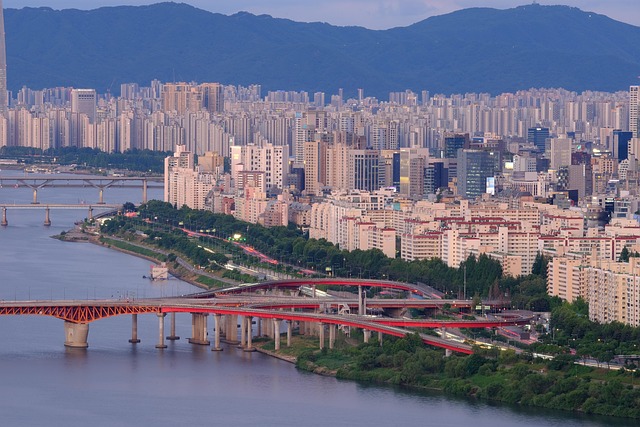Local businesses are key drivers of real estate market growth, fostering vibrant communities with enhanced quality of life through convenient services and unique shopping experiences. Strategic planning of walkable, visually appealing spaces attracts locals and tourists, while community engagement increases foot traffic and supports local business success. This positive feedback loop improves infrastructure, boosts property values, and creates a dynamic, desirable location for real estate investment.
Local businesses and shops are the beating heart of any community, and their impact extends far beyond retail. This article explores how local enterprises drive real estate markets, create vibrant shopping districts, and foster thriving communities. We delve into effective strategies for success, highlighting the power of community engagement to enhance local business growth and surround areas. Discover insights that can revolutionize your understanding of local commerce’s role in shaping real estate dynamics.
The Impact of Local Businesses on Real Estate Markets

Local businesses and shops play a pivotal role in shaping real estate markets, creating vibrant communities that attract residents and investors alike. The presence of well-established local enterprises can significantly enhance the desirability of an area, driving up property values. Prospective buyers often seek out neighborhoods boasting thriving local businesses, as these areas typically offer a higher quality of life with convenient access to services, unique shopping experiences, and a sense of community.
Moreover, local shops contribute to the economic vitality of their surrounding districts, fostering a positive feedback loop that benefits real estate. Increased foot traffic generated by popular local businesses can lead to improved infrastructure and amenities in the area, further enhancing its appeal for both businesses and residents. This dynamic creates a thriving ecosystem where local enterprises drive real estate growth, attracting new investments and contributing to sustainable community development.
Creating Thriving Shopping Districts: Strategies for Success

Creating vibrant shopping districts is a powerful strategy for local businesses to thrive and drive economic growth. The first step involves careful consideration of real estate development, focusing on creating walkable, aesthetically pleasing spaces that attract both locals and tourists. This includes well-designed streetscapes, ample parking, and diverse retail options housed in modern, inviting buildings.
Successful shopping districts often become social hubs, fostering a sense of community. Implementing public art, organizing regular events, and encouraging outdoor seating areas can enhance the overall experience, drawing people from nearby residential areas and further boosting local businesses’ visibility and success.
How Community Engagement Boosts Local Shops and Surroundings

Community engagement plays a pivotal role in the success and growth of local shops and businesses, fostering an environment that positively impacts both the commercial landscape and surrounding real estate. When locals actively participate in community events, initiatives, and interactions, it creates a strong sense of belonging and support for nearby enterprises. This engagement leads to increased foot traffic, as residents are more inclined to shop locally when they feel connected to their neighborhood.
Moreover, community involvement encourages the development of unique, locally-focused businesses that cater to specific needs and interests. As these shops thrive, they contribute to the overall vibrancy of the area, attracting even more visitors and potentially increasing property values in the vicinity. This positive feedback loop creates a dynamic and desirable location, further reinforcing the importance of community engagement in boosting local commerce and real estate prospects.






